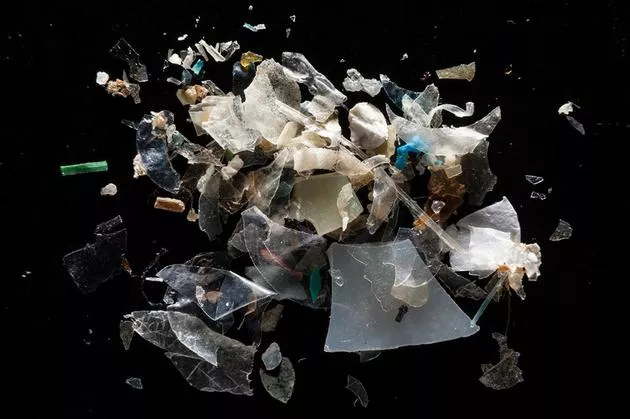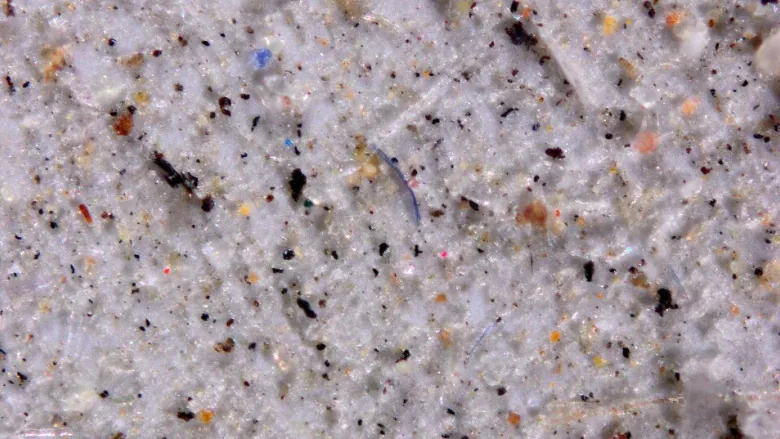The huge environmental threat posed by plastics has been widely recognized. Plastic waste on earth has piled up like a mountain. Experts predict that by 2050, the weight of plastics in the ocean will exceed that of fish. The scientific community is also very sad that a lot of energy is wasted in this process Scientists at the National Renewable Energy Laboratory (NREL) of the U.S. Department of energy (DOE) found that the energy value of plastic waste landfilled in 2019 is enough to supply 5% of the power consumed by the country's transportation sector or 5.5% of the industrial sector

They also released regional, state and county-level data on plastic landfill volume, which is worse than previously thought. According to NREL, the amount of plastic waste in the United States is 44 million metric tons.
The US Environmental Protection Agency uses different algorithms to calculate 32.2 million metric tons of waste plastics in the United States.
"To solve the problem of plastic waste pollution, we really need to better understand where these resources are first," said anelia Milbrandt, senior research analyst at NREL and co-author of a new paper, "quantification and evaluation of plastic waste in the United States", published in the journal resources, conservation and recycling. "We want to make the community aware of the potential of these materials.".
Her NREL co authors are kamyria coney, Alex Badgett and Gregg Beckham. Beckham is a senior researcher and the head of the bottom alliance, a partnership launched last year to solve the problem of waste plastics.
By identifying areas with large amounts of plastic waste, scientists want to highlight the economic opportunities that may arise from recycling its value through different processes. In 2019, only about 5% of waste plastics in the United States were recycled, while 86% were left in landfills. The rest is burned to generate electricity.

NREL's analysis of waste plastics studied seven materials - used to varying degrees to make bottles, CDs, milk boxes, takeout containers and packaging bags. In 2019, communities across the country spent about $2.3 billion on plastic waste disposal.
The researchers pointed out that the volume of plastic landfills in the United States has been increasing due to several factors, including low recovery rate, population growth, consumer preference for disposable plastics, and low treatment fees in some parts of the United States. China has refused to import non industrial plastic waste from the United States since 2017, which makes the problem more prominent.
The development of new plastic recycling technology will create momentum for the circular economy. What has been discarded will be reused instead of being discarded in the form of original plastic. Researchers estimate that the market value of landfill plastics ranges from $4.5 billion to $9.9 billion, with an average of $7.2 billion. The energy content of waste plastics - an indicator of the energy required to manufacture these materials - is equivalent to about 12% of the energy consumption of the country's industrial sector.
Milbrandt said:
"Plastic waste is not just an environmental issue. It is a waste management issue. It is also a land use issue because landfills in many areas are closing. How do we deal with all this waste? It has to go somewhere. I believe local governments and industry developers will see the benefits of this report and provide them with information to support decision-making. I hope this paper will also improve the understanding of industry and investors Awareness to find opportunities. "
Some types of plastics are separated and recycled, mainly polyethylene terephthalate (PET) used to make soda bottles; And HDPE for milk bottles and shampoo bottles, which still account for a large proportion of plastics found in landfills, and filamentous plastics for bags are also one of the most common types found in landfills.
The amount of plastic waste is related to the size of the population. California, Texas and Florida are the three most populous states and the states with the largest amount of plastic landfills. However, New York has the fourth largest population, but most of its garbage is transported out of the state. The researchers point out two possible solutions for plastics that are not recycled. The development of new products that rely on these plastics to encourage their classification and collection, as well as the development of advanced classification technologies, can eventually increase the use of recycled materials.
The bioenergy Technology Office of the Department of energy funded the study.
NREL is the main National Laboratory of the U.S. Department of energy, responsible for the research and development of renewable energy and energy efficiency. NREL is operated by sustainable energy alliance LLC for the Ministry of energy.